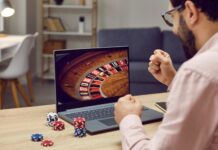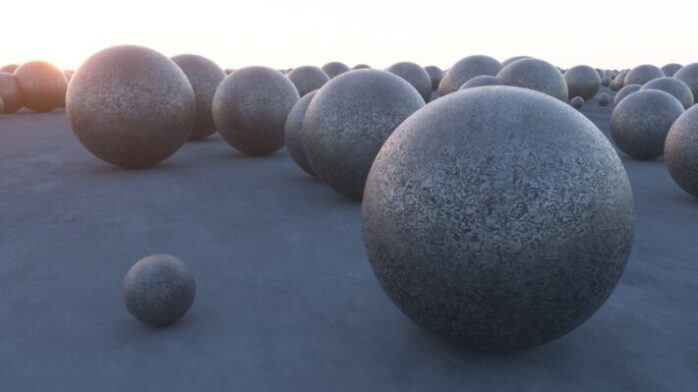
Technological advancements have bestowed us with numerous novelties we utilize on a daily basis most frequently not asking ourselves what preceded and shaped them into a form we use nowadays. Some of the modern accomplishments that fit the description are PBR textures since while a vast majority of contemporaries enjoy them directly without knowing the story behind them, the educated minority does their best to make the experience of the first-mentioned as close to the real deal as possible. In a nutshell, PBR textures represent two-dimensional pictures envisaged to be stretched over a 3D object in order to give the impression of the desired materialization, and we have prepared some tips for making your own PBR textures in the lines below.
1. The Software
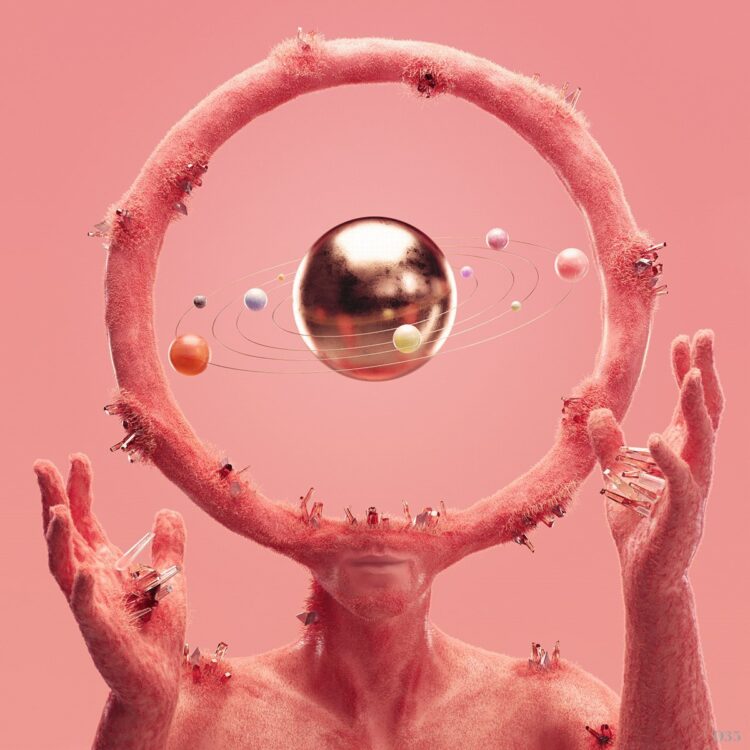
Numerous professions are both closely related and dependent on particular software solutions for PBR textures. Therefore, we can say that not only visual designers but also architects, modelers, 3D artists, and other individuals whose craftsmanship depends on different 3D means of delivery and presentation, are all visual artists who could not perform and deliver if there were not for suitable software.
In a nutshell, they all aim to represent what they want as realistically as possible, so they use and combine various tools until they are satisfied with the result. Now, even though they might be using the same or relatively similar approach, it is of utter importance to emphasize that different professions focus on contrasting details, therefore, they use different tools and means to where they want. What we advise you is to choose a particular software according to not solely what you want and need, but also following what it delivers.
2. The Hardware
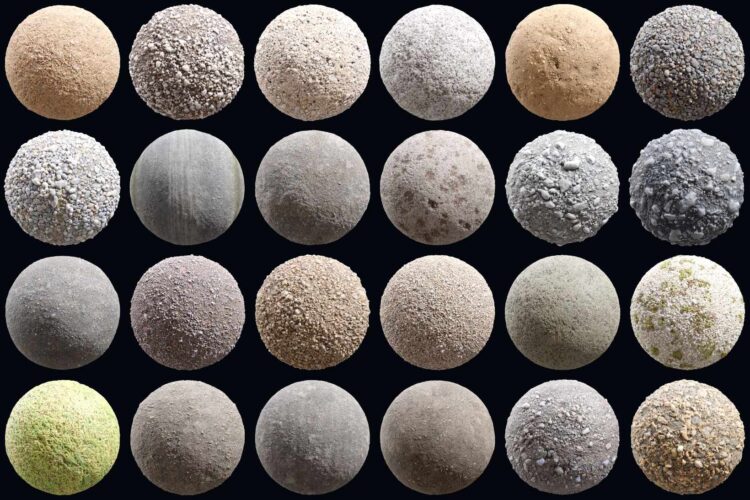
Even though a layman might think it is all about the skill, we should highlight that one cannot be as proficient with making PBR textures as they would like if they do not use adequate hardware components to support their designs.
Actually, you do not need a PC beast to create a particular texture, but the more complicated it is, the more computing power it will need to render the desired object. There are two basic ways to render an image, and you can do it either by using your PC’s CPU or relying on the graphics card to do the trick.
Both approaches are valid, as long as they provide you with the results you expect, so you can expect to finish the render sooner by using your GPU, even though a CPU rendering is considered a more reliable and standard way to deal with demand dictated by contemporary market. Thus, do not expect to perform miracles with custom made PBR textures unless you have a machine capable of supporting your ideas
3. Use Quality Materials
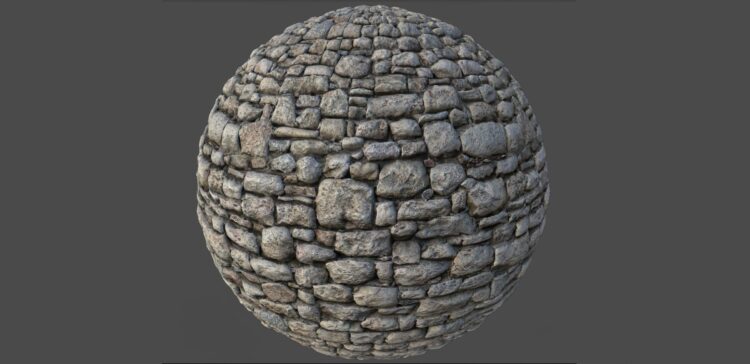
You should know your gear before using it since its quality will impact the final model and its materialization. For example, one can hardly achieve background continuity if there were not for the seamless images. The images are called seamless because they can cover both large and small areas without interfering with the visual credibility of the material, due to patterned design. Now, you can either download finished PBR textures from platforms such as cgrepo.com, or you can craft your seamless models via various photo editing tools, such as Photoshop.
What you should also pay attention to is the resolution of the image you consider using. Namely, opting for high resolutions is not always the best thing you can do, moreover finding the ideal ratio suitable for the whole project is what we advise you to focus on. Low resolution should make a visible difference and decrease the quality while opting for too high will only consume more time when rendering, without delivering improvements worth of attention.
4. Maps
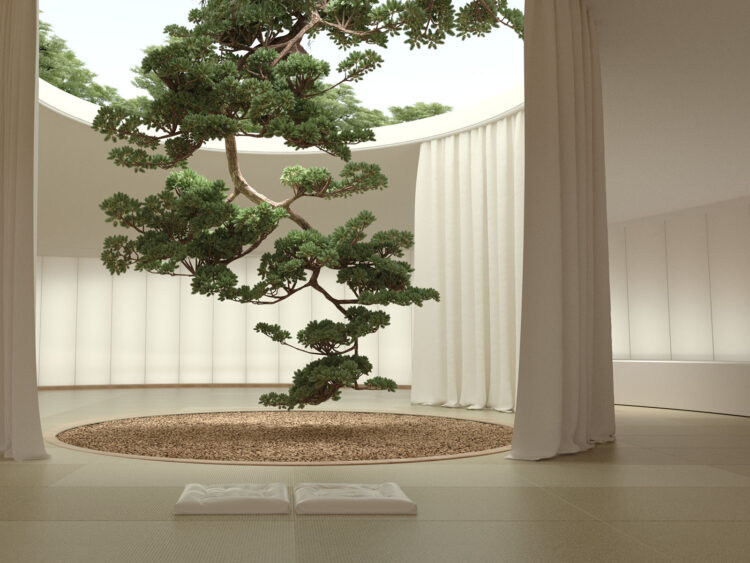
When 3D modeling is in question, using texture maps is of utter importance, since it is them who induce the effects to appear realistically. To figure out what texture maps actually do, you should imagine them as peculiar layers in charge of assigning 3D features to a particular object or image.
Therefore, it is up to the modeler to learn what each one of 10 PBR maps potentiates and how to make the most out of potential combinations. In a nutshell, the map selection characterizes the appearance of the material and the texture you choose. Furthermore, the settings within each texture map shall influence how the selected layer impacts the model and modifies its role in a virtual setting.
For example, by using different texture maps and by customizing the settings you change how the model reacts to lighting, how and whether it reflects it or not, whether it appears ruff or smooth, etc.
5. Tutorials
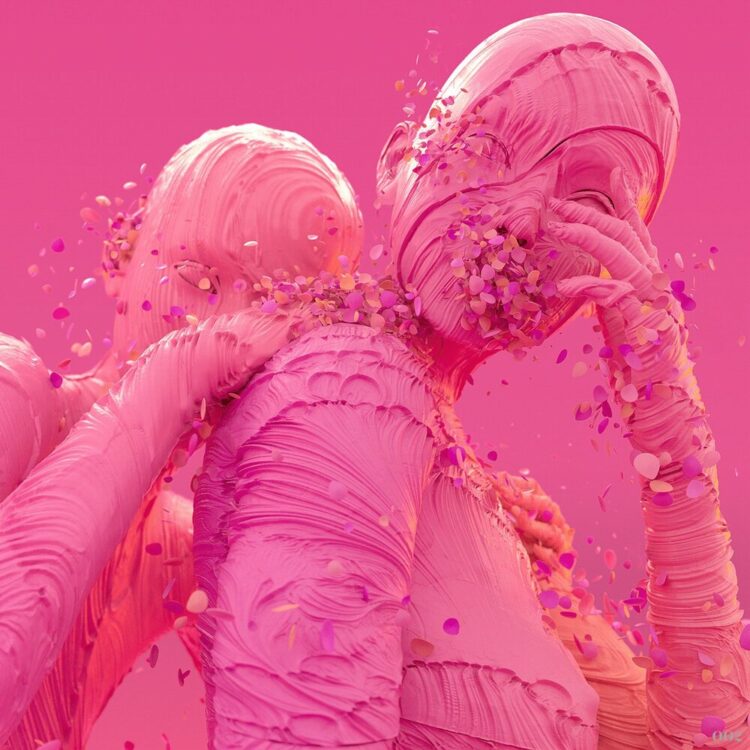
More and more people get the idea of making a name for themselves in 3D modeling, even though a vast majority of them has little or no knowledge at all about what it is all about. When amateurs and laymen are in question, we advise either devoting your time and thought to various online tutorials crafted precisely for beginners, or investing your time and money in an online course crafted by your wants and needs.
When the free apprenticeship is in question, we should emphasize that it all falls on how well you are going to understand what the tutor talks about. There is no one-on-one time and you will have to draw conclusions from the shared material, without the opportunity to ask for an explanation when in doubt. The technique is free and it is up to you how well you are going to use the available resources if you decide to go for it.
On the other hand, when one pays for a service of any kind, in most cases they expect something in return, so we advise you carefully assess the options and figure out which one brings the most knowledge for the buck, and whether you get accredited upon finishing the course or not. One thing is certain, regardless of which method you choose, and that is that the progress is proportionally dependent on the time and effort you invest in acquiring new skills.
Hopefully, the aforementioned pieces of information and suggestions will help you level up your game and master making your own PBR textures. Do remember that 3D modeling is on an ever-growing trend and that you must learn the basics in order to upgrade your knowledge in days to come. Thus, when and if you get stuck in the process, make sure you consult the tips from the lines below.






